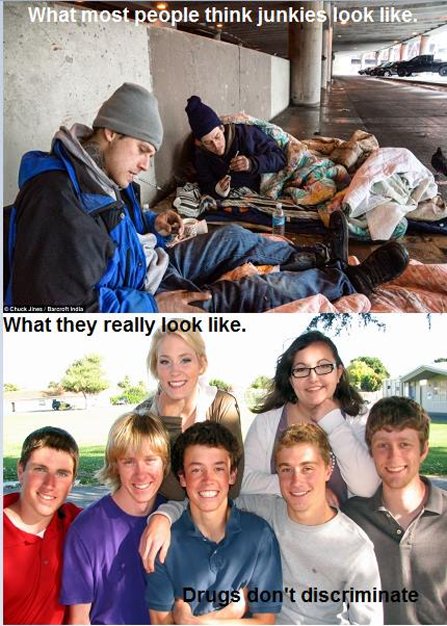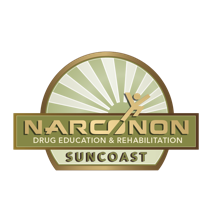The Black Hole of Medically Assisted Treatment

According to a press release by the White House, President Obama will be spending 1.1 Billion for the treatment and prevention of opiate addiction. $920 Million of that budget is allocated specifically for “medically assisted treatment.” So the big question is what is medically assisted treatment (https://www.whitehouse.gov/the-press-office/2016/02/02/president-obama-proposes-11-billion-new-funding-address-prescription).
Medically Assisted Treatment, or "MAT" for short, is the use of an FDA approved medication, like Suboxone or Methadone, for the treatment of opiate addiction and substance abuse.
At first glance this may seem like a quick solution to the problem of opiate addiction and definitely the most financially effective since forking over money for a pill is much cheaper than paying for residential treatment.
Who benefits from this type of treatment? The addict? The government? The Pharmaceutical companies? I believe history tells the story.
The first medication used to treat opiate addiction was Heroin. That’s right, Heroin. It was marketed in the late 1800s by Bayer pharmaceuticals as a non-addictive substitute to Morphine. Next came Methadone. This drug was first synthesized by German scientists during World War II when morphine was in short supply. Because of the dangers of methadone in high doses, it’s use was discontinued. Fast forward to 1971 and Methadone resurfaced as new drug, now used to treat opiate addiction.
Ask any addict who has kicked a methadone habit and they will tell you the withdrawals are vile and far worse than heroin. Methadone is a drug whose side effects rival that of heroin and that may include death which makes it easy to see this was not the wonder solution that was intended.
In 2002, Suboxone, a new drug marketed by pharmaceutical company Indivior, was legalized in the US for the treatment of heroin addiction. Suboxone contains Buprenorphine and Nalaxone. The Buprenorphine attaches to the receptors in a similar way to other opiates and the Nalaxone is to help prevent misuse and abuse (https://www.suboxone.com/treatment/suboxone-film).
In theory this sounds like a good idea, until you go to Suboxone.com and scroll down to the list of side effects which states:
“Suboxone can be abused in a manner similar to other opioids, legal or illicit.”
Obviously, this paradigm doesn’t work considering that every Medically Assisted Treatment method ends up attempting to handle the addiction caused by the previous Medically Assisted Treatment. Each time the new drug is touted as the “revolutionary solution” to addiction and each time the drug is abused by addicts. If Suboxone was not an addictive drug it would not be sold on the street with prices that rival heroin or oxycodone.
On a chart or a graph of “addicts successfully on MAT,” these methods look good. You have addicts now on the medication instead of the illicit drugs. They can move out of the category of “addict” and into the category of “physically dependent,” according to government standards. What’s the difference? The only difference would who the dealer is and who is the person who gets the profits. A drug is a drug and it doesn’t matter if you get it from the street or a doctor. If you have to take something in order to avoid withdrawals, then you have a problem.
So who benefits from prescribing these medications? The addict? I believe that the treatment centers across the country filled with Suboxone and Methadone addicts answer that question. So if not the addict, then who?
Indivior, the creators of Suboxone, reported over a billion dollars in earnings last year and became a publicly traded company on the stock market (http://www.indivior.com/2015-annual-report/). That’s right…Suboxone makes over 1 billion dollars off of your loved one’s addiction.
Now, we have millions of addicts dependent on a drug necessary to avoid withdrawal and hooked on them for life. Since a junkie’s worst fear is withdrawal, it is easy to see how a billion-dollar industry is created. Like the dealer on the streets, pharmaceutical companies are destroying your kid’s life and getting rich doing it. They are in it for the all-mighty dollar, not for the help.
Then the government enters the scene. Since they are the authority responsible for handling public issues and helping its citizens, they have to have an answer. Dumping a billion dollars into a form of treatment looks like a good way to show your government is listening. Companies like Indivior love that. Their yearly earnings just doubled.
Ultimately, a person who is drug free is just that. A person who is off ALL drugs. It’s also a person who has handled the things in their lives that sent them down a dark road. It takes more time and it is not easy but if we want to end addiction we have to take a long, hard look at what got us to this point and how we can prevent the next generation from falling into the same cycle. It is time to take responsibility as a people and find the solutions that work, not the easy way out.
If you or a loved one is struggling with their Medically Assisted Treatment call Narconon Suncoast for help today!
